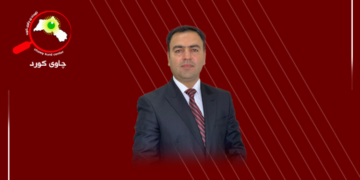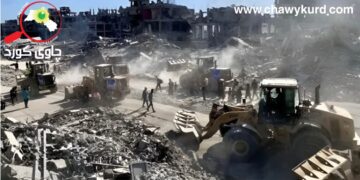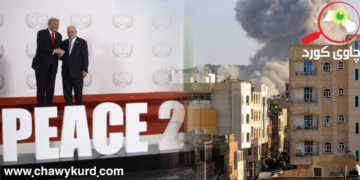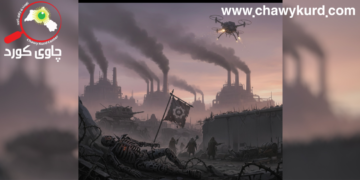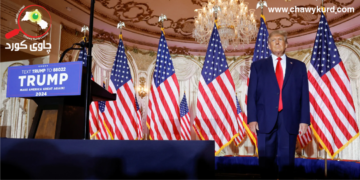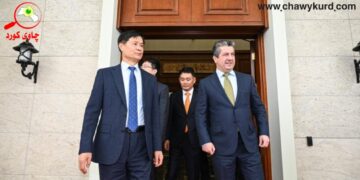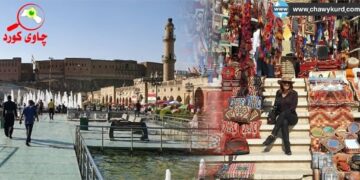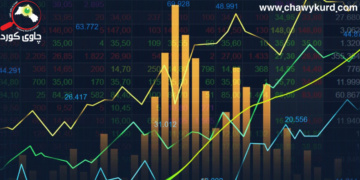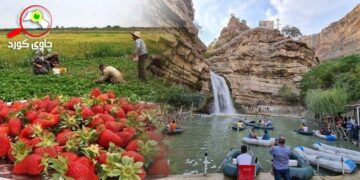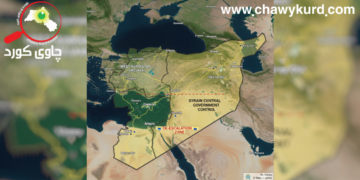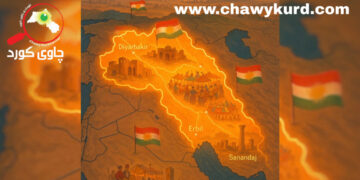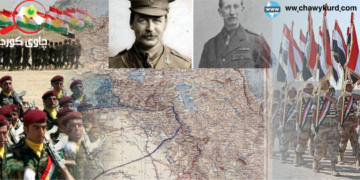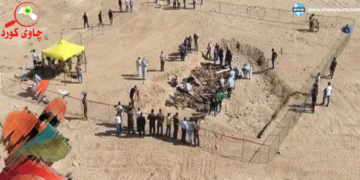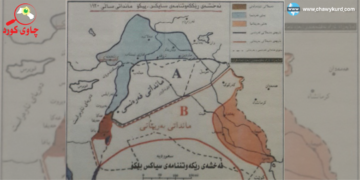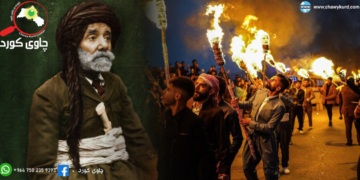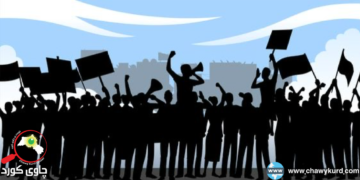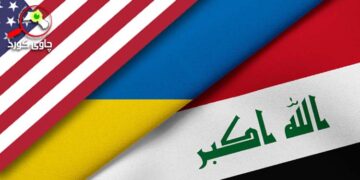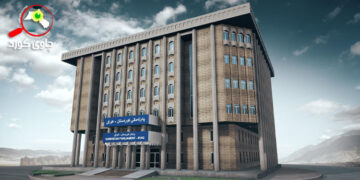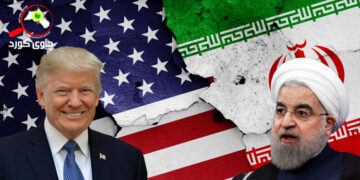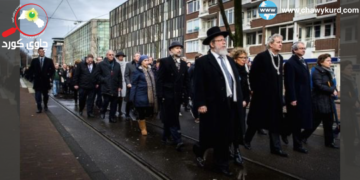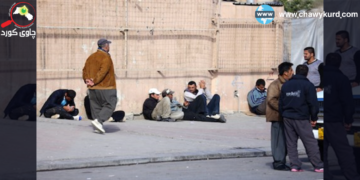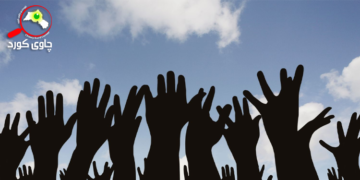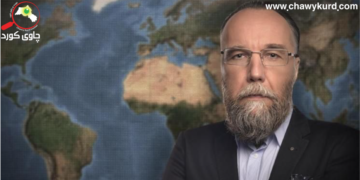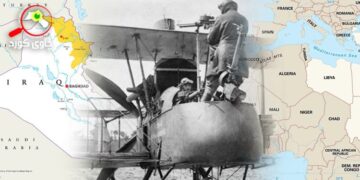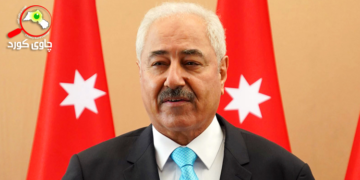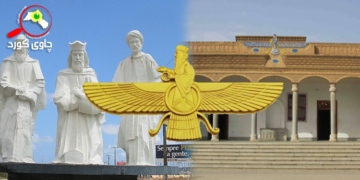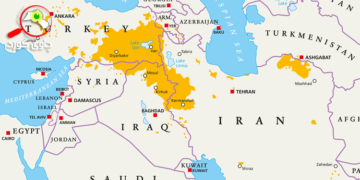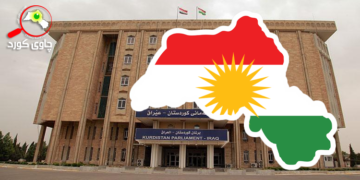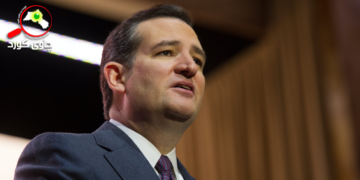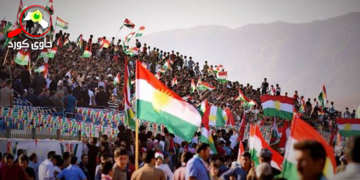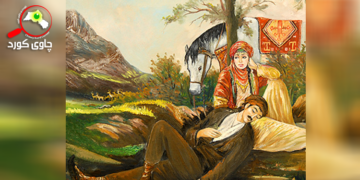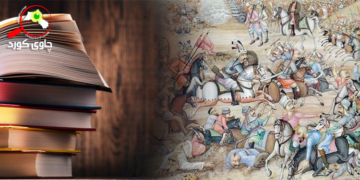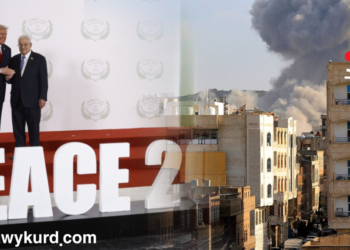After the establishment of the Iraqi state, different authorities created another country for the citizens of this country underground, known as mass graves, since the monarchy until now mass graves in Iraq remains. So the exact number of graves and victims is unknown. But what is clear is that the Kurds have the highest number of victims in the mass graves. The United Nations defines a mass grave as any grave or pit containing the bodies of three or more people buried after execution. In Law No. 5 of 2006, the Iraqi parliament defined mass graves as those where the bodies of more than one person were buried without respecting Sharia and human values, in order to hide the legacy of the massacre.
History of Mass Graves in Iraq
Nearly a decade after the establishment of the Iraqi state, the first massacre took place during the reign of Shaa-Faisal I in the cabinet of Rashid Ali Geylani, when the Iraqi army commanded by General Bakr Sadiq attacked the Assyrians in Semel area of Mosul province. They began arresting, killing and hiding them in mass graves.
After the fall of the monarchy and the proclamation of the Iraqi Republic, in 1963, the Ba’athists carried out a coup d’etat and overthrew the government of Abdul Karim Qasim. The Ba’athists attacked Kurdistan through the National Guard and killed Kurdish citizens. In 2010, a mass grave was discovered in Kifri district containing the bodies of 28 people, including Kurds and Peshmergas who were massacred in the history of the Ba’athist regime (1963-2003) is a period full of crime and mass graves. There is no city or region in Iraq without mass graves. According to the International Committee of the Red Cross (ICRC), there are 1.3 million missing persons since 1979, many of whom are in mass graves.
According to the Iraqi Ministry of Human Rights, the last mass grave of the Ba’athist regime was buried on April 4, 2003, just four days before the fall of the Ba’athist regime, in the Madain area southeast of Baghdad.
Since the fall of the Ba’ath regime in 2003, only 40 mass graves of Kurdish victims have been excavated in the past 22 years, including 24 graves for Anfal victims, two in 2005 in Mosul province and two in Haidariyah in Najaf province in (2008), three graves in Topzawa area of Kirkuk province in (2009), six graves in Mahari area of Diwaniya province in (2011), six graves in Hamrin area in (2011), three graves in Nugra Salman area in (2013). (2019 and 2025) have been excavated. Apart from the victims of Anfal, five mass graves of the Barzani genocide crimes have been excavated in three stages during the years (2005-2022) in Sammawa province.
The bodies of 2711 Kurdish citizens have been recovered from the graves, including 1900 bodies related to the Anfal case, which is 1% of the total victims of the crime, 696 bodies related to the Barzani genocide and 115 bodies related to other cases. All the bodies recovered and buried in different parts of Kurdistan, only coded and not officially identified, because DNA tests have not been done for all the relatives of the victims (2214) relatives of Anfal victims have been recruited to identify the bodies of (2545) genocide victims.
prepared by: Baram Subhi





